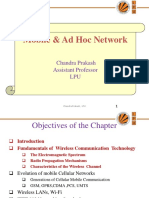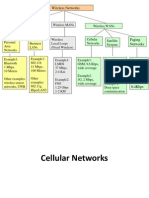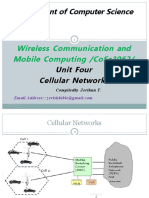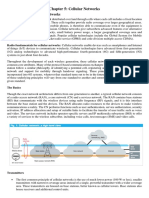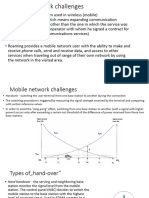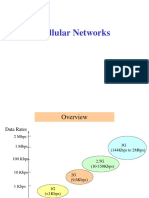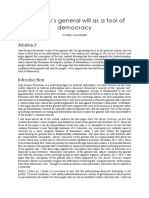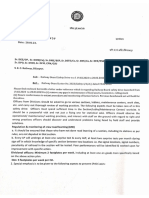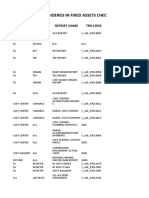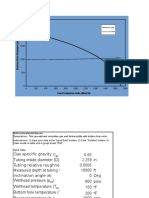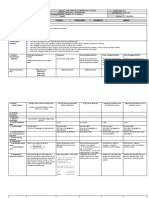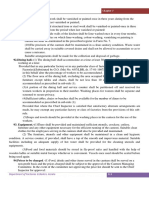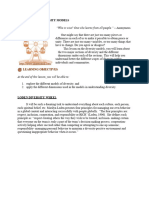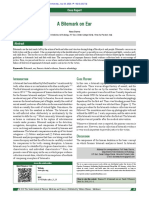0% found this document useful (0 votes)
41 views53 pagesLec-02 Cellular Network
Cellular networks have evolved from 1G, which introduced mobile voice communication, to the current 5G, enhancing data rates, reducing latency, and expanding services. Each generation has built upon the previous one, incorporating advanced technologies and features that support a wide range of applications, including internet browsing and multimedia messaging. The document also briefly discusses the anticipated 6G technology, which promises even higher data rates and improved connectivity.
Uploaded by
banm33856Copyright
© © All Rights Reserved
We take content rights seriously. If you suspect this is your content, claim it here.
Available Formats
Download as PDF, TXT or read online on Scribd
0% found this document useful (0 votes)
41 views53 pagesLec-02 Cellular Network
Cellular networks have evolved from 1G, which introduced mobile voice communication, to the current 5G, enhancing data rates, reducing latency, and expanding services. Each generation has built upon the previous one, incorporating advanced technologies and features that support a wide range of applications, including internet browsing and multimedia messaging. The document also briefly discusses the anticipated 6G technology, which promises even higher data rates and improved connectivity.
Uploaded by
banm33856Copyright
© © All Rights Reserved
We take content rights seriously. If you suspect this is your content, claim it here.
Available Formats
Download as PDF, TXT or read online on Scribd
/ 53














